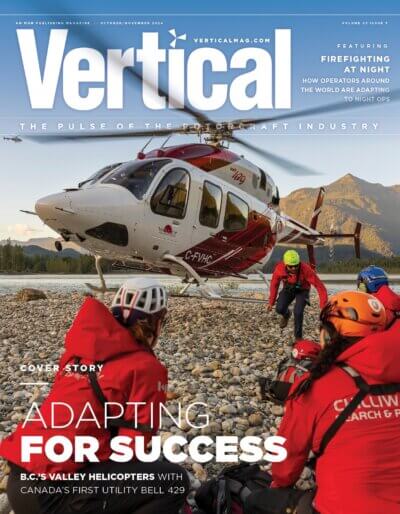BUYING A HELICOPTER
To buy or lease a helicopter, which option is best for me?
A look at the advantages and drawbacks of purchasing or leasing a helicopter.

By: Jen BoyerPosted on: August 6, 2024
For those seeking their own aircraft, whether for personal use or to fly for business, there are basically two ways to obtain the aircraft: purchasing or leasing. Each has its advantages and drawbacks based on specifics in each person’s situation.
When weighing which option is best for you, it’s important to consider a few things: your financial commitment limits, how long you plan to own the aircraft, how long you are willing to be without the aircraft during overhaul, how much you plan to fly the aircraft in a year, what level of aircraft customization you seek, and what kind of insurance you can obtain — and its price.
With answers to these questions in hand, you’re ready to start exploring your options.
When leasing is a better option
One of the attractive benefits of leasing a helicopter is it takes far less initial financial commitment. Unlike purchasing — where a 20 to 30 percent down payment is required depending on your credit — leasing requires a comparatively smaller deposit. Typically, you’ll owe a deposit, often equaling the first and last month’s lease payments — though every leasing company will have its own terms.
This can be attractive even if you have more than enough capital to make a helicopter purchase.
“There are financial advantages to leasing for some customers based solely on return on investment,” Los Angeles-based Touchstone Helicopters owner John Nielsen explained. “Let’s say you’d be required to put down $100,000 to $200,000 to purchase an aircraft then pay today’s high loan interest rates. Could you make a better return on that money elsewhere by investing it or putting it into your business and driving increased sales?”
Adding to the financial advantages of leasing are tax benefits.
“One of the biggest drivers for leasing are the tax advantages, if you are tying it to business use,” explained Ehsan Monfared, partner at YYZ Law in Toronto, Ontario. “If you have the finances to buy an aircraft and are using it privately, then there isn’t this advantage.”
Lease payments are 100 percent tax deductible where an aircraft purchaser can receive a tax deduction for a large percent of an aircraft purchase. This deduction is then recaptured as taxable income when the aircraft is sold down the line, Nielsen added.
Another advantage of leasing is it allows you the opportunity to try out an aircraft to determine if it’s the right fit before making a long-term purchase commitment. Leases typically run 12 months, allowing you to operate the aircraft through all seasons and truly experience it.
Other benefits can include the aircraft being fully compliant with voluntary service bulletins (SBs) and airworthiness directives (ADs) by the lessor and having an immediate replacement aircraft when the one you’re leasing times out and goes into overhaul.
Drawbacks to leasing can vary depending on your situation. Lessors will require a specific minimum level of insurance, and some will have a minimum number of hours of operation you’ll be billed per month regardless of how much you fly. In most cases, unlike when leasing a car, there is no option to purchase the aircraft at the end of the lease.
Leases typically require you to pay the deposit then cover all maintenance and hold the required minimum level of hull and liability insurance. In the long run, leases do end up incurring more cost, Monfared said, mainly because they take funds that can be used elsewhere to make money.
When buying is the best option
Buying a helicopter can happen in two ways: The owner either pays cash for the aircraft with no financing, or the aircraft is financed after a down payment is paid.
Buying is typically the best option for someone with the financial means to purchase an aircraft outright but wants to save money on insurance. By not owing payments on a high interest loan and, as such, having a bank set the insurance terms, these aircraft owners have the freedom to choose lower cost insurance by self-insuring their hulls.
Touchstone’s Nielsen also recommends buying over leasing when a customer is sure that the specific type of aircraft will suit their needs; they have experience purchasing and selling aircraft; and they know they’ll keep the aircraft for several years.
“If someone knows they want certain customization from paint color to avionics, and they know they want to keep the aircraft for several years, it may be advantageous for them to purchase the aircraft themselves or, alternatively, the lessor may be willing to customize the aircraft specifically for them in return for a longer-term lease,” he explained.
The tax advantage will depend entirely on how the owner sets up the aircraft’s ownership structure.
“One advantage of buying through financing with a bank is interest payments are tax deductible,” Monfared explained. “Research how your money can be the most productive. If using your helicopter will help your business increase productivity by five, six or seven percent — more than the bank is charging in interest — then it may make sense to invest your funds into the company and take out the loan, writing off the interest.”
Ultimately, Monfared recommends consulting with a business attorney or tax professional to determine the best route for your individual situation given all the variables and personal goals that can come into play.
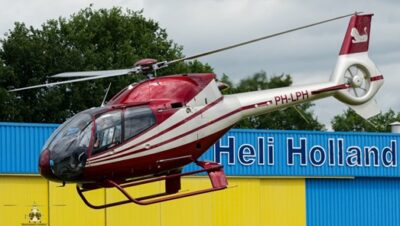
Airbus EC120B
Contact seller for price
Year: 2001

Airbus AS350B3
USD $ 1,599,000
Year: 2004
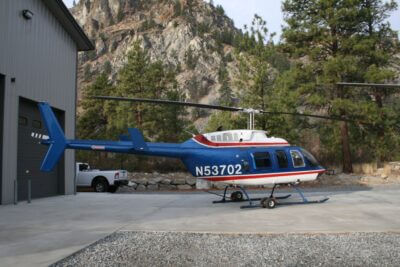
Bell 206L3
Make an offer
Year: 1992

Bell 206L4
Make an offer
Year: 1996
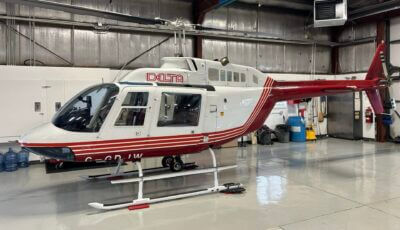
Bell 206B3
Contact seller for price
Year: 1979

Bell 206B3
Contact seller for price
Year: 1980

Airbus AS355F2
Contact seller for price
Year: 1992

Bell 206B3
Contact seller for price
Year: 1973
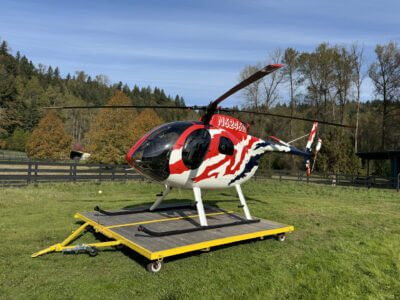
MD Helicopters 369A
Contact seller for price
Year: 1968
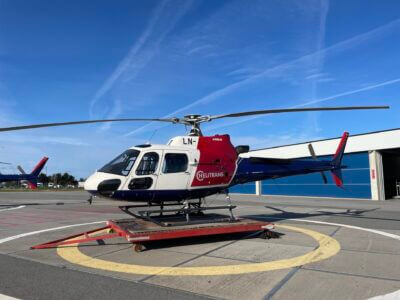
Airbus H125
EUR € 2,400,000
Year: 2020





